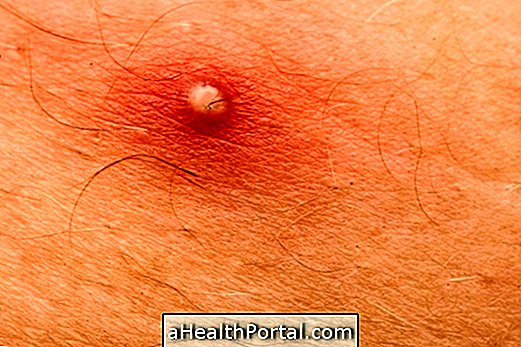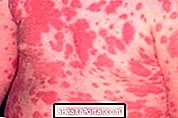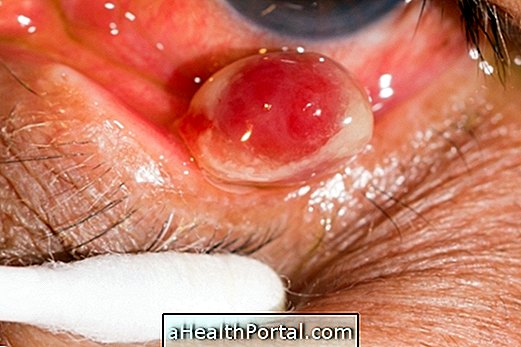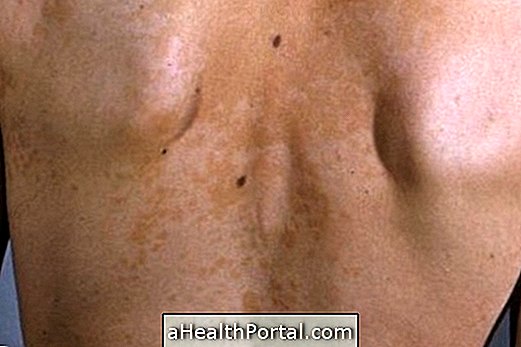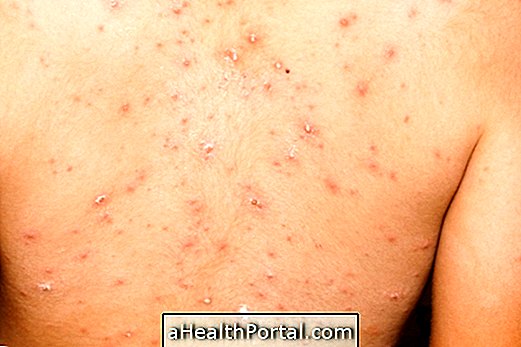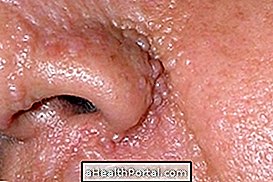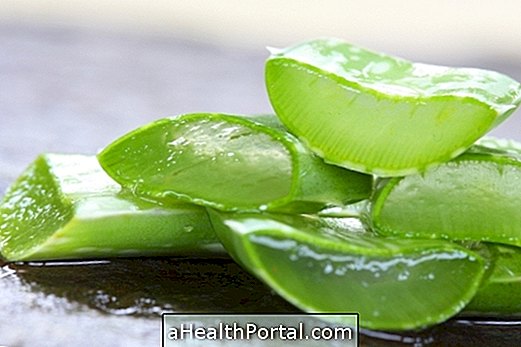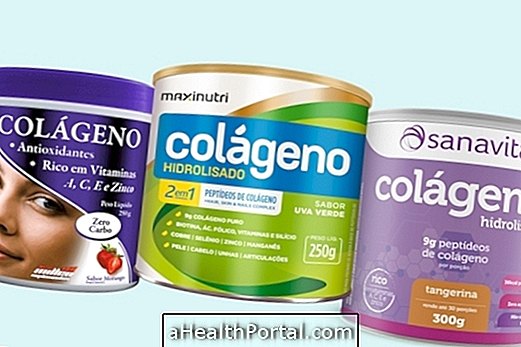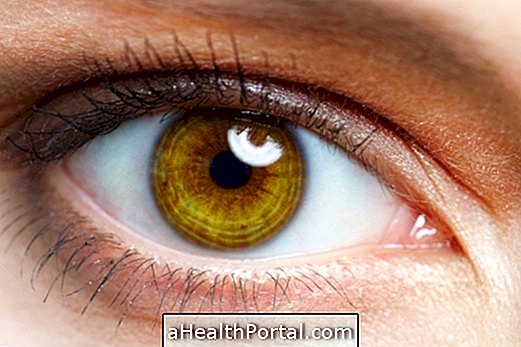To treat intertrigo, it is recommended to apply anti-inflammatory creams, with Dexametazol, or creams for rashes such as Hipoglós or Bepantol, which help to moisturize, heal and protect the skin against friction.
If there is a fungal infection as a cause of skin irritation, a condition called candidiasic intertrigo, it is also necessary to use antifungal ointments, such as Ketoconazole or Miconazole, which are directed by the dermatologist.
The intertrigo is mainly caused by the combination of friction and moisture of the skin, which causes irritation, and is very common in folds such as the nape of the neck, underarms, armpits, under the breasts and between the fingers. It is important to keep the skin clean, refreshed and avoid tight clothing, to avoid new cases. Check out more about how to identify intertrigo.
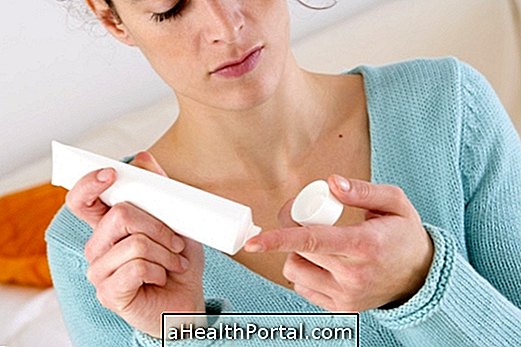
Medications used
The use of remedies to treat intertrigo from any region, such as the axillary region, the groin, under the breast, or between the fingers, for example, is recommended by the dermatologist, and includes:
- Ointments for rashes, such as zinc oxide, Bepantol or Hipogloss, for example, which moisturize, reduce friction of the skin and facilitate healing;
- Corticosteroid ointments, such as Dexamethasone or Hydrocortisone, for 5 to 7 days, which decrease inflammation, irritation, redness and itching of the site;
- Antifungals, such as ointment of Ketononazole, Clotrimazole, Miconazole, for 2 to 3 weeks, to eliminate fungus causing candidiasic intertrigo. In case of severe or extensive infections, medications per tablet, such as ketoconazole or fluconazole, may need to be used for about 14 days as directed by your doctor.
- Making compresses with potassium permanganate solution by diluting 1 tablet in 1.5 liters for 1 to 3 days may help decrease secretion prior to the application of the ointments in very red and secretive lesions.
To avoid this inflammation in people who tend to develop intertrigo, such as obese people, who sweat heavily or wear clothes that easily rub on the skin, there is the option of using zinc oxide ointments with or without Nystatin, or talc in the most affected areas, to reduce the friction and moisture of the skin.
In addition, for people who have lost a lot of weight and who have excess skin, such as after bariatric surgery, restorative surgery is available because the excessively flaccid remaining skin accumulates sweat and dirt, causing rashes and fungal infections. Know when this surgery is indicated and how to do it.

Home Treatment Options
Home treatment is done in conjunction with physician-directed treatment, and also serves to prevent new intertrigo pictures. Some options include:
- Prefer to wear light clothing, especially cotton, and that are not very fair, avoiding synthetic fabrics such as nylon and polyester;
- Lose weight so that the folds are smaller and less irritated;
- Use powder in the folds, before sports or situations where there may be intense sweating;
- Put a piece of cotton between your toes when the intertrigo appears in this region, better known as a chiropractor, to avoid sweat and friction, and prefer more airy and spacious shoes.
In addition, it is recommended to maintain a good body hygiene, washing with soap and water, and drying well with the towel, to avoid moisture and proliferation of fungi. People with diabetes should keep the disease well controlled because uncontrolled glycemia facilitates fundus infections, as well as making it difficult to heal the skin.
Treatment for intertrigo in baby
The intergrigo in babies is mainly caused due to diaper erythema, which is a rash caused by the contact of the baby's skin with heat, moisture or accumulation of urine and faeces when he stays for a long time with the same diaper.
The diagnosis is made by the pediatrician or dermatologist, after analysis of the lesion, which may indicate the use of ointments for rash, the zinc oxide base, such as Hipoglós or Bepantol, for the treatment. If there are signs of yeast infection, such as candida, your doctor may also recommend the use of ointments such as Nystatin, Clotrimazole, or Miconazole.
It is also recommended to change diapers frequently, before or after each meal and whenever the baby evacuates, preventing urine or faeces from coming in contact with the skin for a long time. In addition, it is advised to do the intimate hygiene of the baby with cotton and water, since the products of the towels moistened to cause allergy in your skin. Learn more details on how to avoid and take care of baby's rash.
